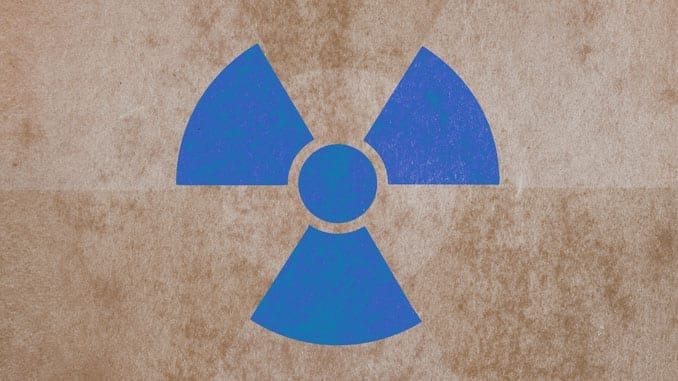A University of Texas at Arlington research team says recently identified radiation detection properties of a light-emitting nanostructure built in their lab could open doors for homeland security and medical advances.
In a paper to be published in the Oct. 1 issue of Optics Letters, UT Arlington Physics Professor Wei Chen and his co-authors describe a new method to fabricate transparent nanoscintillators, a material that glows in response to radiation, by heating nanoparticles composed of lanthanum, yttrium and oxygen until a transparent ceramic is formed. The new structure is known as La0.2Y1.8 O3.
The researchers say the resulting “nanostructured polycrystalline scintillators” have better energy resolution than currently used materials sodium iodide and caesium iodide and the new scintillator is more stable than sodium iodide.
It also has a fast luminescence decay time that is essential for radiation detection because it affects how quickly a detector can work, Chen said.
“Many people use this compound as a host material for lasers or other optical operations, but no one had ever tried this for radiation detection as far as we know,” Chen said. “We used a new way to make these materials and found that they hold a lot of promise as a new direction for luminescent scintillator research.”
Chen is head of UT Arlington’s Security Advances Via Applied Nanotechnology (SAVANT) Center. In 2010, he became principal investigator on a $1.3 million grant from the National Science Foundation and the U.S. Department of Homeland Security, with the goal of looking for a new type of radiation detector that could help reduce the threat of nuclear materials being brought into the U.S. for terrorism.
Andrew Brandt, a physics professor and co-director of the SAVANT Center, is co-principal investigator on the grant funding and a co-author of the new paper. He said the team is still working to evaluate the new nanomaterials for practical applications and to understand their physics, “but we’re very excited about the possibilities this discovery brings with it.”
Scientists know that nanoparticles hold promise as a new type of scintillator, but the current method of embedding them into a clear polymer or glass faces the challenge of losing transparency because of a process called aggregation. The UT Arlington work, which involves the synthesis of nanoparticles using wet chemistry and heating them at temperatures much lower than their melting point, avoids the problem of aggregation to maintain their transparency.
Rasool Kenarangui, one of the co-authors of the paper and senior lecturer in the College of Engineering’s Department of Electrical Engineering .said the team tried several samples at the Radiation Measurement and Application Laboratory and the La0.2Y1.8 O3 had the best potential of any they examined.
Weiss said the team’s work is a breakthrough.
“They’ve developed a way to take these nanoparticles and process them in such away that you can make a practical device,” he said.
The new material is made from two of the least expensive rare earth elements, so it is cost-effective, Chen said. He estimates producing a La0.2Y1.8 O3 scintillator would cost a little over $7 per cm3.
In lab tests, the La0.2Y1.8 O3 also proved to have better energy resolution than currently used materials sodium iodide and caesium iodide. That resolution is what allows the scintillator to pinpoint the energy of a radiation source, which can be like a signature for investigators.
“If we see a radiation material, we want to know where it came from and those energies can tell us that,” Chen said.
Read the paper at Optics InfoBase: Luminescence of La0.2Y1.8 O3 nanostructured scintillators.
Source: UT Arlington, adapted.



